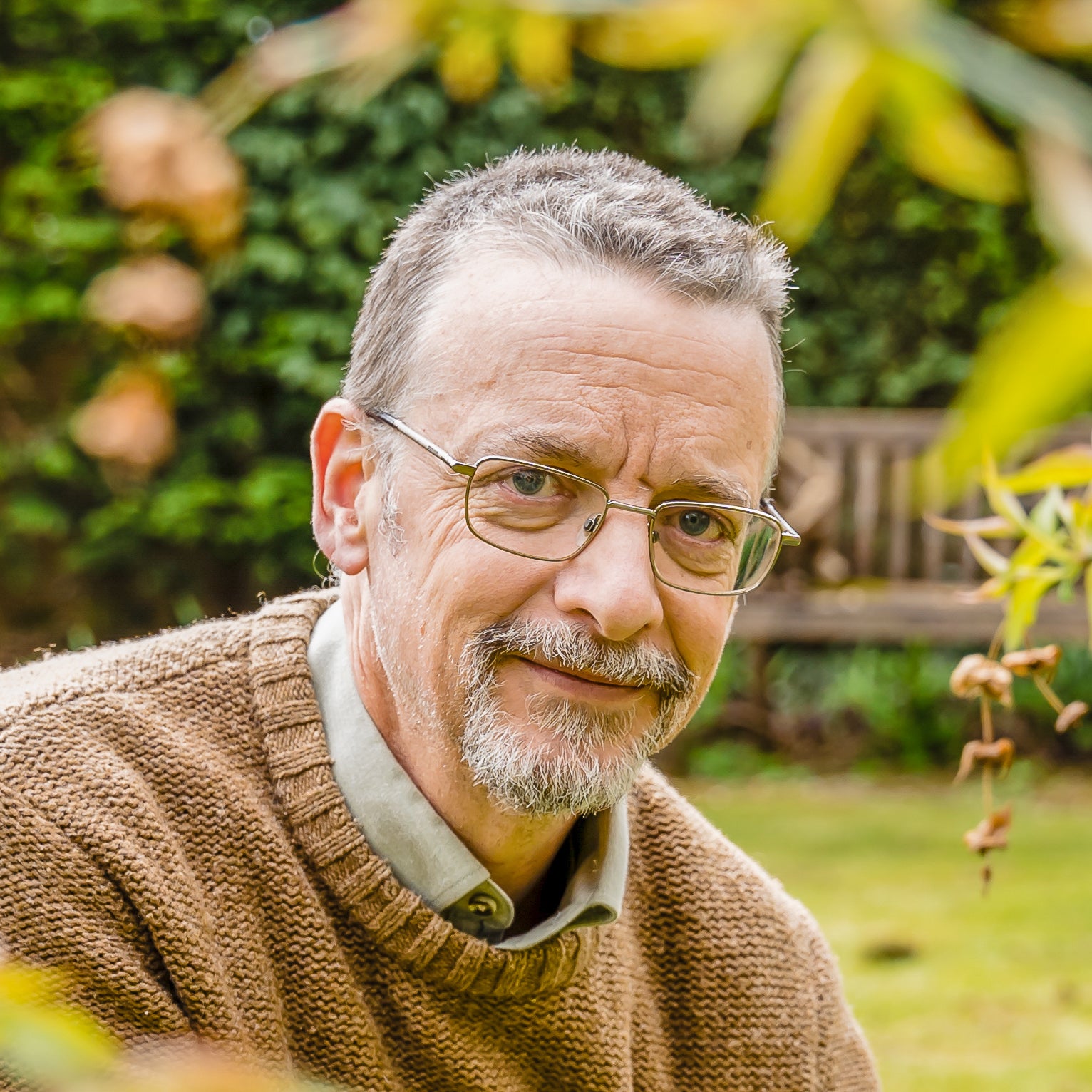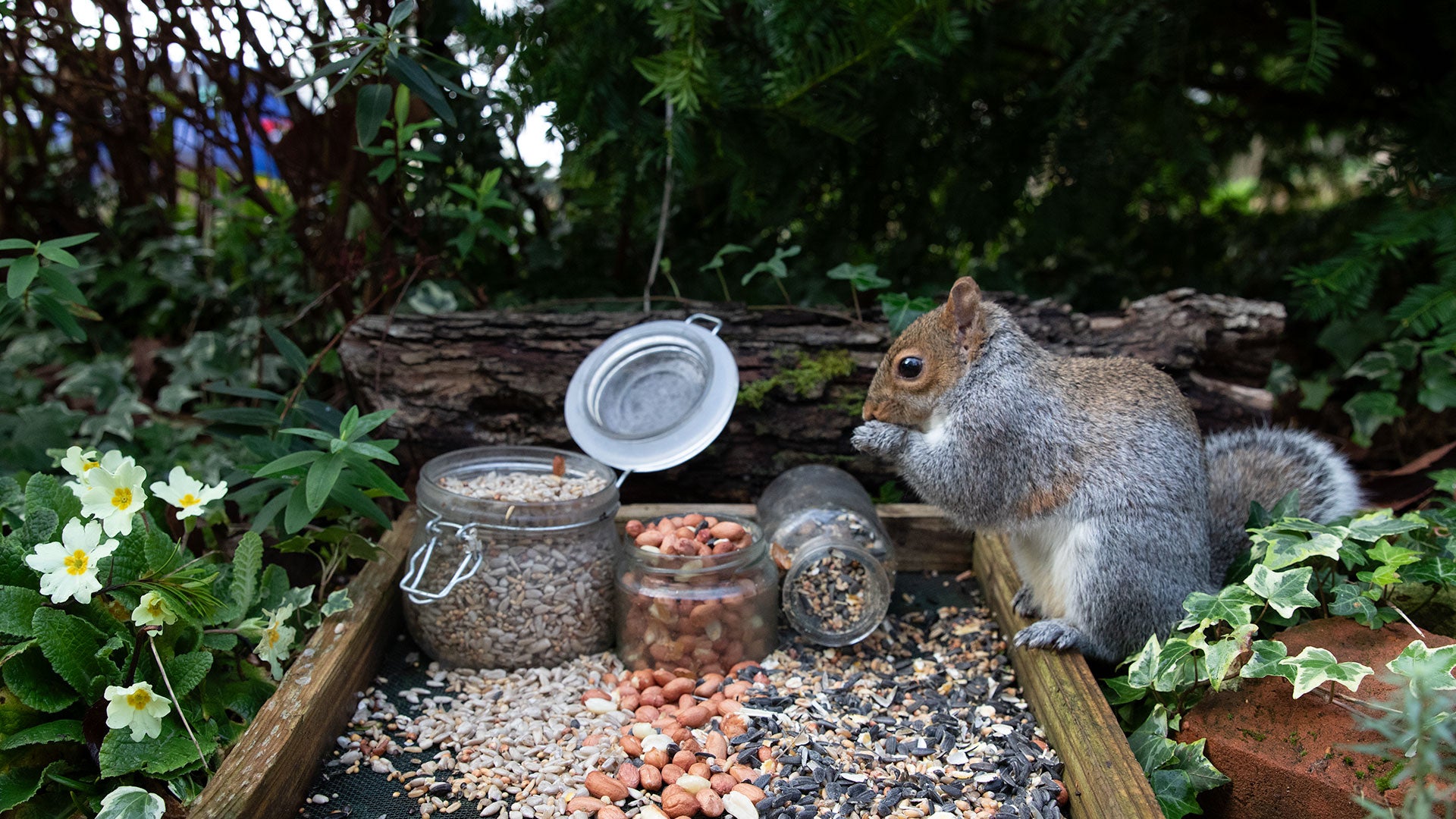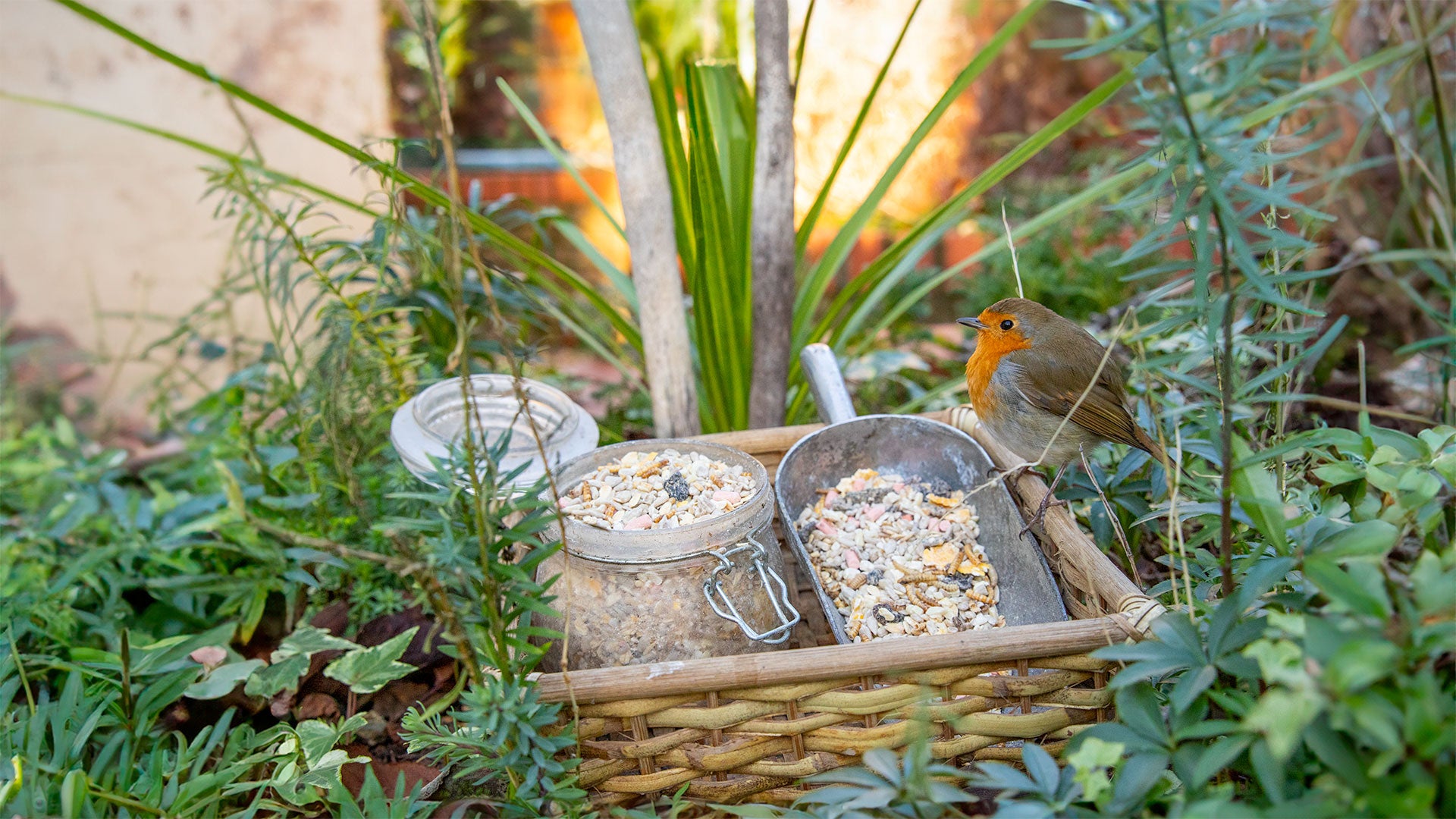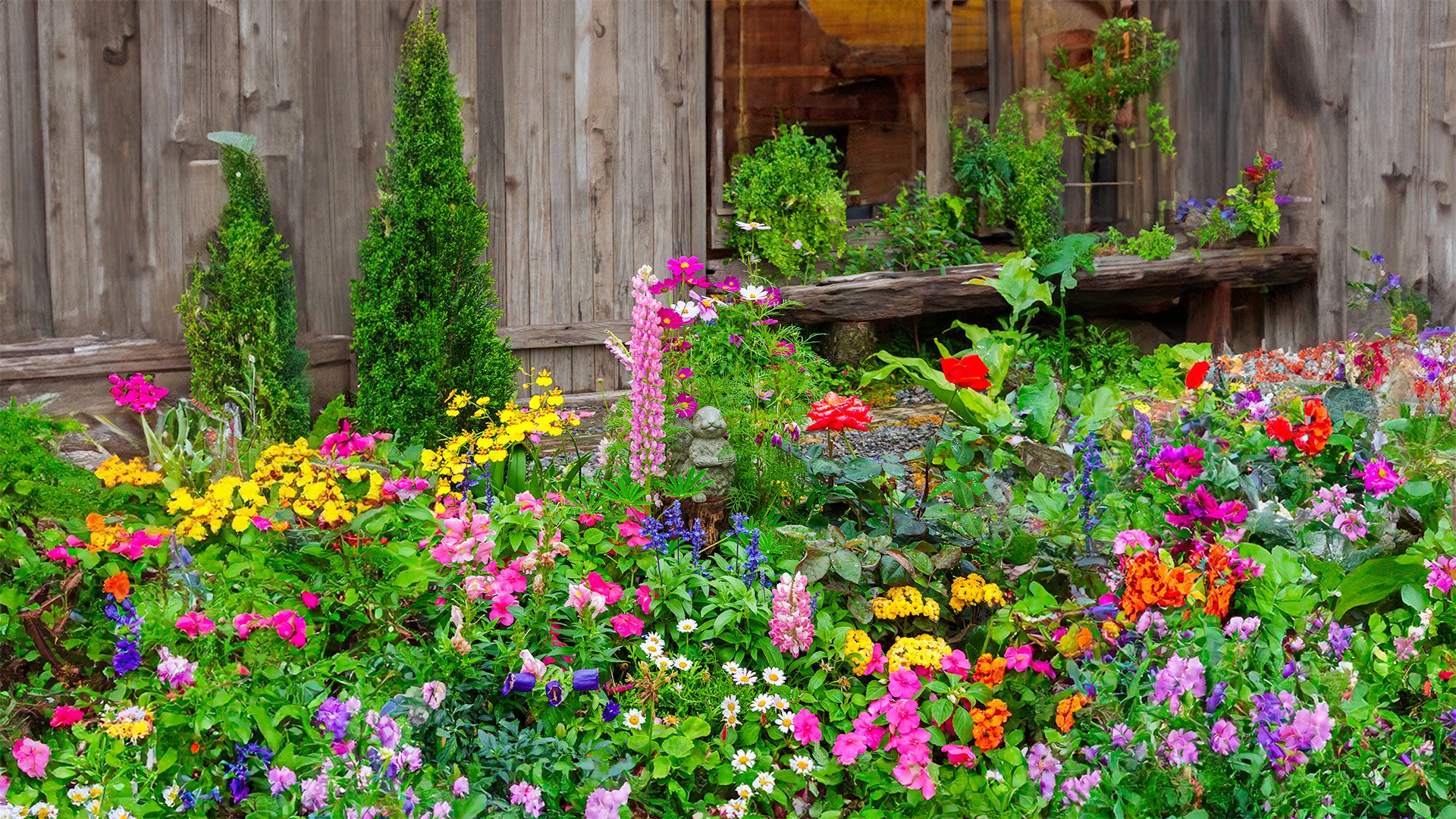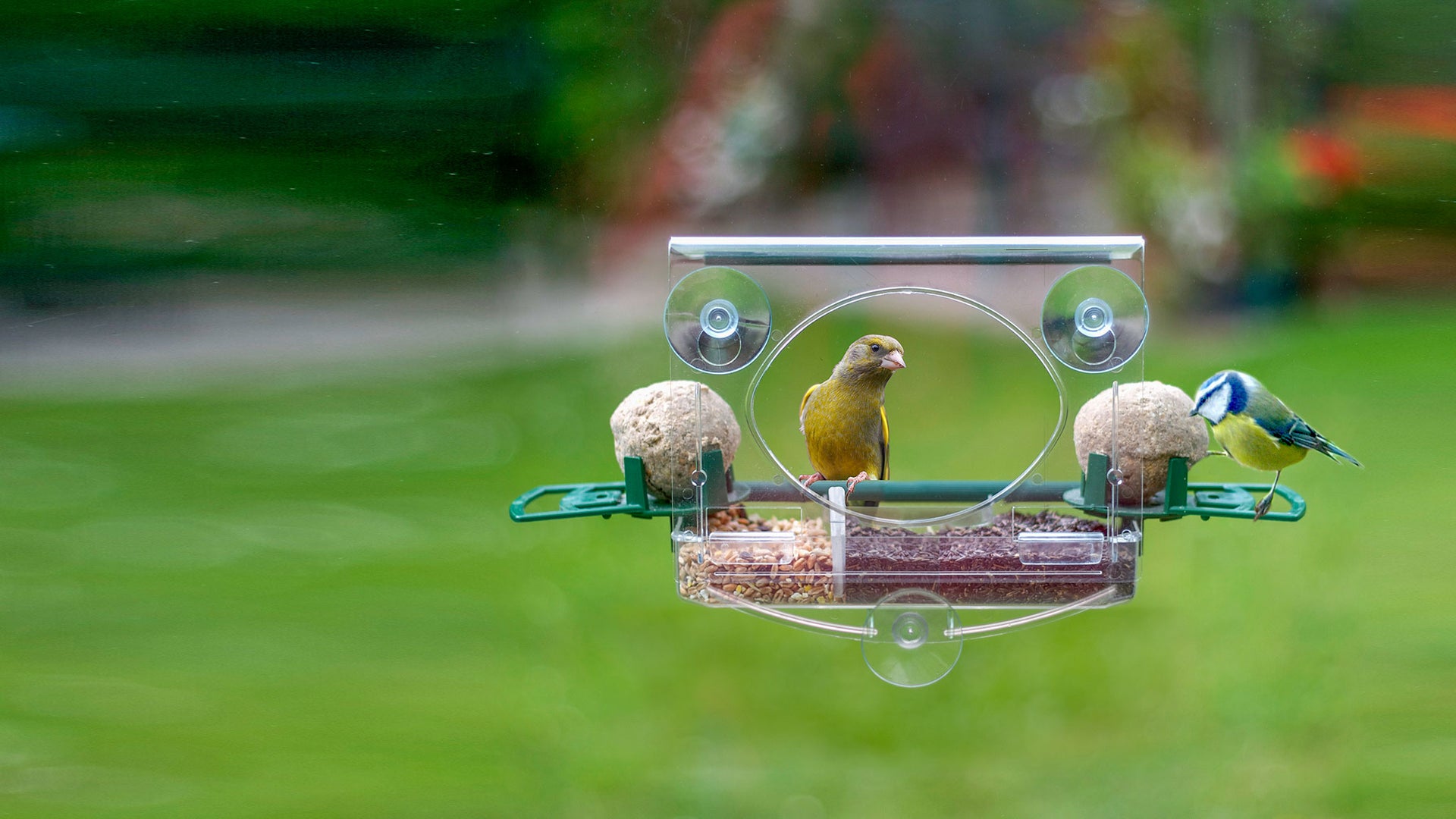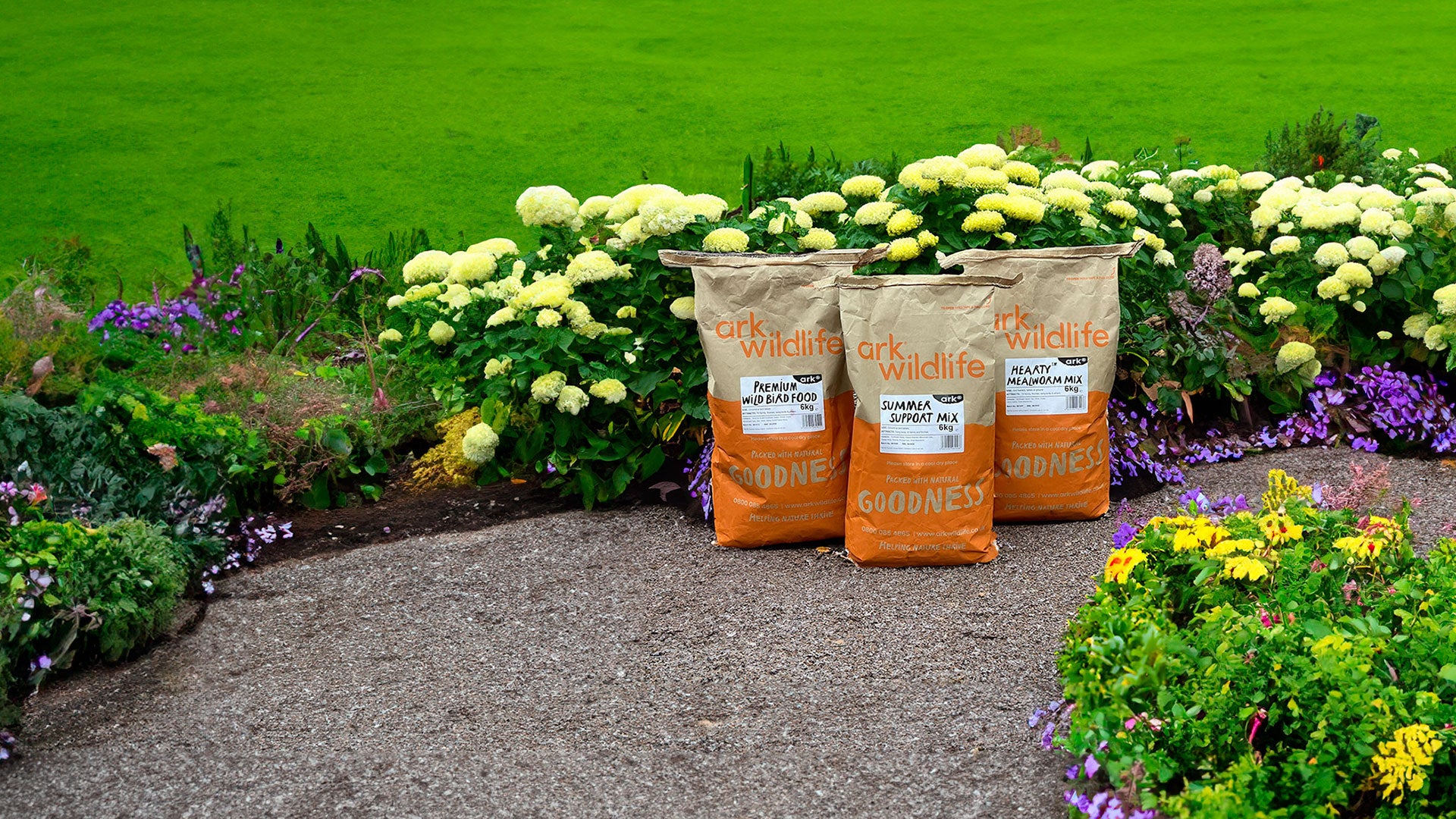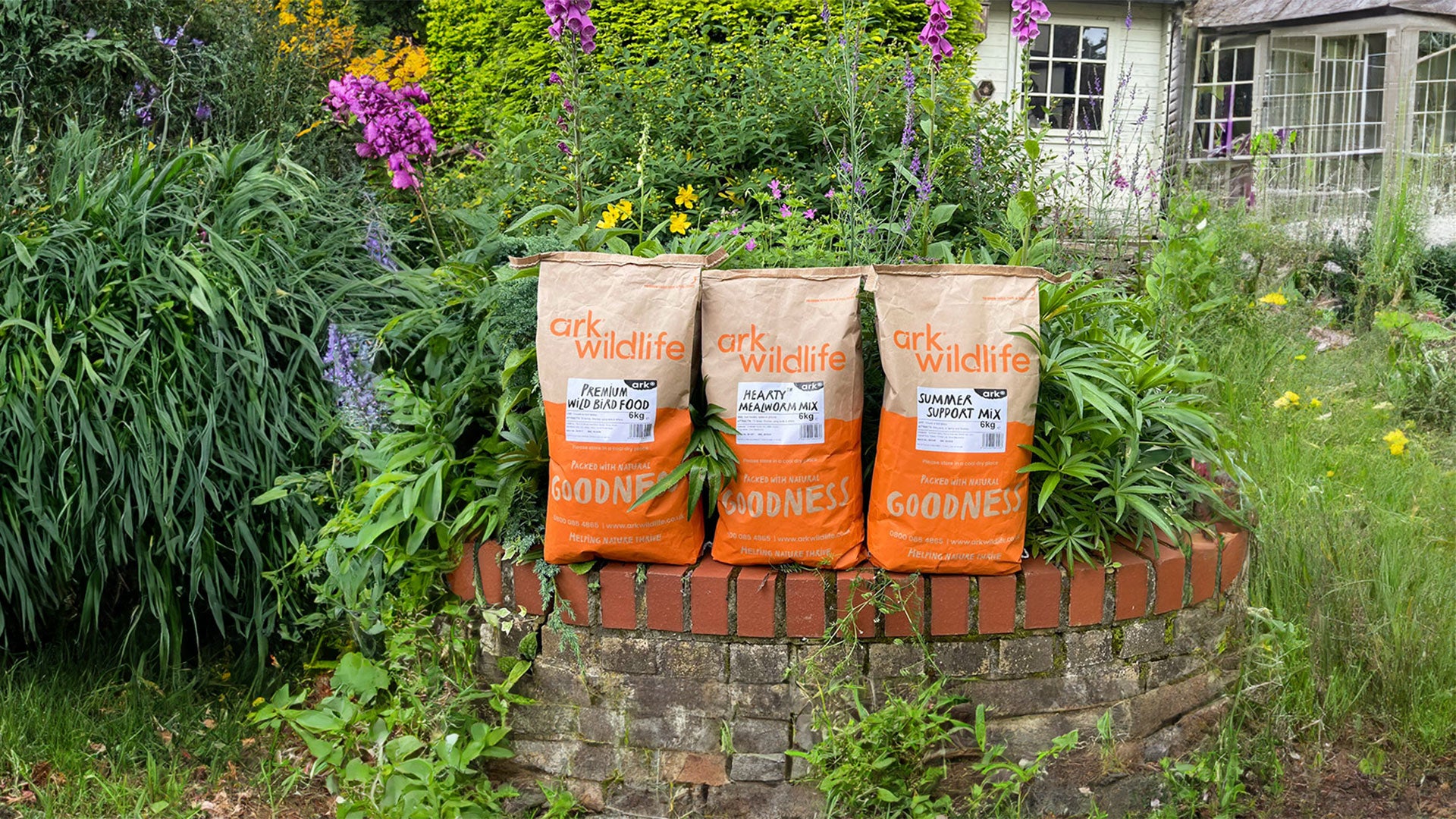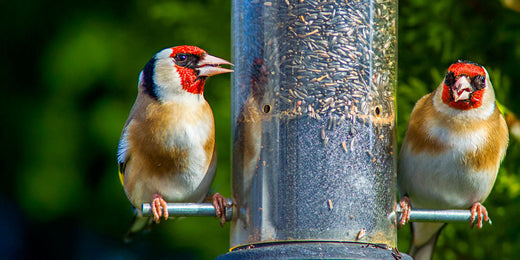I’m a great believer that gardens need to ‘work for all’, shared for all our benefit, wildlife, and human. A visit to my garden may not make this immediately obvious but I’ll share a few tips regarding my approach. My garden plays host to a wealth of wildlife but also functions for the family. The kids play ball games on the lawn, my wife and I often sit on the patio on summer evenings, and friends regularly join us for BBQ’s and parties at weekends. The flowers are vibrant, the scent is strong, the bird song abundant. At night the garden is just as busy with hedgehogs, foxes, badgers, and deer all taking turns (often together) feeding, fighting, and playing for my cameras. They even leave me a little of the fruit and veg I grow to bring to the kitchen for cooking.
I work with three simple rules, and I garden naturally. Whether for the benefit of wildlife, plants, or kitchen garden, all they need is water, food, and shelter. Get these three things right and everyone benefits. Plants, animals, and humans alike all thrive. I find no need to use pesticides or herbicides in my patch. Healthy plants can brush off a few pests and continue to grow vigorously. They’re equally resilient to a few nibbles from slugs, mice, or deer. Wherever possible I like to keep my garden full of native plants as they cope better with the UK climate and self-seed freely. I’m quite happy to top up with a few exotics, but I seek out those plants I know offer plenty of nectar and pollen when they flower. This way, I extend the flowering season which keeps the garden looking good, and bumblebees happy.

I include elements and features to benefit all my garden visitors. This year, I’ve planted my spring bulbs (early nectar for bumblebees) in front of a large dark log. The plan is the bright flowers (looking pretty) stand out against the dark wood (excellent insect and mini beast habitat). Win, win, win. My pond serves both as ornamental and wildlife friendly. In spring, it’s packed with frogs, newts, and plenty of spawn. By high summer they’ve all departed, and the fountain is switched on for my wife and children who love the splashing sound of moving water. It also happens to attract hundreds of birds, so again, everyone’s happy.
I’m also a great believer in vertical gardening. It increases the volume of greenery and opportunity to add further colour, while offering food and shelter to an array of flying wildlife. Tall plants and flowers, shrubs, hanging baskets and pots abound, while climbers creep up every fence and wall. I’ve planted as many trees as I dare for a small garden, and some vigorous pruning is routinely required to keep them in check. Woodland is not the intention!

My preference for native species is not just about hardiness, but also because I find such plants are more beneficial, offering food and habitat for substantially more creatures. Compare an oak or silver birch tree which each plays host to over 200 species of insect, to a Rhododendron that is host to none! Which plant do you think the blue tits will be heading towards when they have hungry mouths to feed?
When I do plant non-natives, I seek them out with a preference for their value to wildlife as well as looks. For example, Cotoneaster and Buddleia are not a native but both are reliable plants, that look great, live for years, and benefit wildlife. Cotoneaster flowers profusely from late spring and is a magnet for bees. It then produces clusters of beautiful red berries in late summer that hang there until hungry birds greedily eat them during winter. Buddleia, which originates from China is commonly called the butterfly bush in the UK, and with good reason. Large clusters of flowers adorn the bushes during summer, drawing in butterflies of all colours and sizes, from far and wide. Fragrant and nectar rich, the blooms are irresistible to many insects. Not just insects either, my kids love the smell and sight of buddleia flowers nearly as much as the butterflies.

The sun’s shining, bees are buzzing, the kids are laughing, and birds are singing high in the trees. I’m busily settling a new hedgehog house under a dense holly bush, hopeful it will be occupied within days. A shout from the kitchen tells me there’s a cup of tea in the offing. Life’s good, because in my garden, we’re all in it together.


